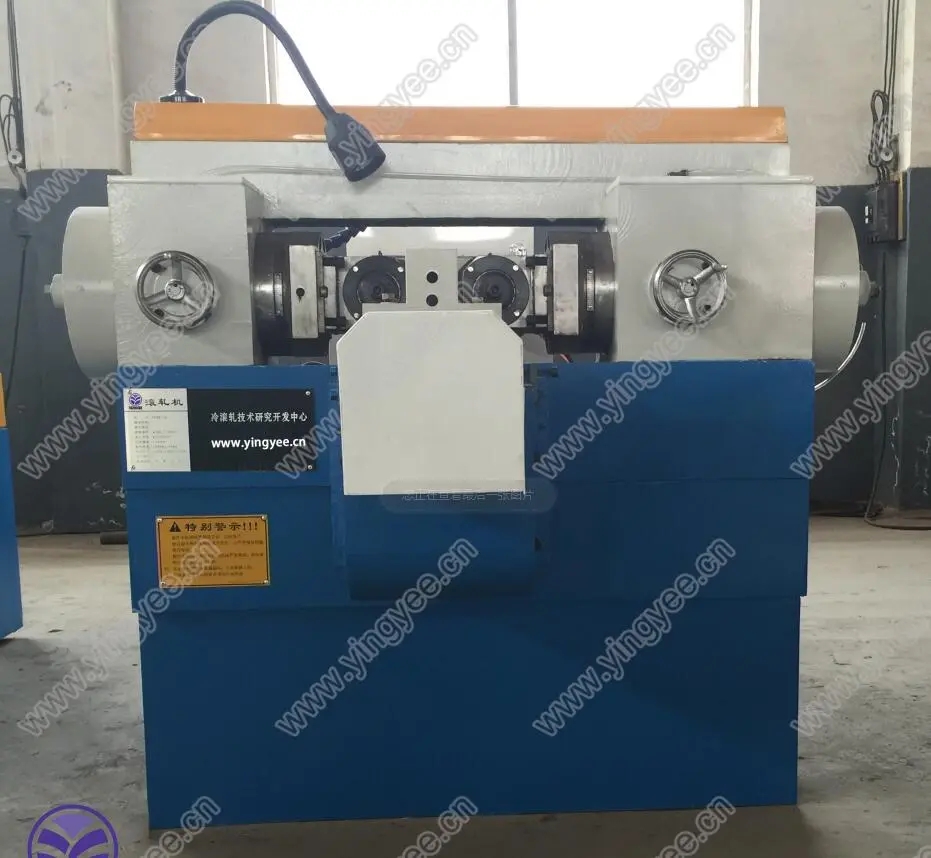Stud and Track Keel Roll Forming An Overview
In the construction and manufacturing industries, the efficiency of material usage and the precision of component fabrication play crucial roles in determining overall project success. One technology that has emerged as a game-changer in this respect is the stud and track keel roll forming process. This innovative technique allows for the mass production of metal frames used in various applications, from residential building systems to commercial constructions.
What is Roll Forming?
Roll forming is a continuous bending operation in which a long strip of sheet metal, usually coiled steel, is passed through consecutive pairs of rolls to form a specific cross-sectional profile. This process is notable for its ability to produce complex shapes with high dimensional accuracy and a smooth finish. Roll forming is often employed to create components for automotive, aerospace, and general manufacturing industries, but one of its most significant applications is in the production of stud and track systems.
Understanding Stud and Track Systems
Stud and track systems are essential elements of modern construction, particularly in steel framing. These systems consist of vertical studs and horizontal tracks that provide structural integrity to walls and ceilings, forming the backbone of light-frame construction methods. The stud acts as the vertical member, while the track serves as the horizontal guide that holds the studs in place. Together, they create a stable framework for drywall, insulation, and other finishing materials.
The Benefits of Stud and Track Roll Forming
1. Efficiency The roll forming process is highly efficient, allowing for continuous production at a rapid pace. This efficiency translates into significant time and cost savings for construction projects, making it an attractive option for builders and contractors.
2. Precision and Consistency Roll forming delivers a high degree of precision with minimal material waste. Each component produced is uniform and adheres to specified dimensions, ensuring consistency across all elements of the frame. This reliable quality reduces the need for additional processing, which can also save time and costs.

3. Material Flexibility Typically, stud and track systems are made from galvanized steel or aluminized steel; however, the roll forming process can be adapted to accommodate various materials. This flexibility allows manufacturers to select the best material based on the specific requirements of the project, including strength, weight, and corrosion resistance.
4. Customization Roll forming equipment can be designed and adjusted to produce a wide variety of profiles. This tailor-made approach allows for customization to meet the unique demands and specifications of different projects. Whether it’s different stud heights, shapes, or attachment methods, roll forming can accommodate a range of designs.
5. Reduced Waste With the precision of roll forming, any leftover material from the forming process can often be minimized. Because the machinery is specifically designed to use coils of metal, the reduction in scrap material is significant compared to traditional fabrication methods.
Applications of Stud and Track Keel Systems
Stud and track systems produced through roll forming are widely used in a variety of applications within the construction industry. These applications include
- Residential Framing Steel stud and track systems have become increasingly popular in residential construction, especially in multi-story buildings, due to their strength and lightweight properties. - Commercial Buildings Large commercial buildings, including offices and retail spaces, utilize stud and track systems for internal partitions and structural support. - Modular Construction In modular construction methods, where sections of a building are prefabricated, stud and track systems serve as the foundational frames for these modules. - Renovations and Additions When modifying existing structures, roll-formed stud and track systems can provide a lightweight and efficient way to add new walls and partitions without significant structural upheaval.
Conclusion
Stud and track keel roll forming represents a significant advancement in the manufacturing process of metal framing components. With its myriad of benefits, including efficiency, precision, and customization, this technology is set to continue transforming the construction landscape. As the demand for innovative and sustainable building solutions grows, stud and track roll forming will undoubtedly play a pivotal role in shaping the future of construction.